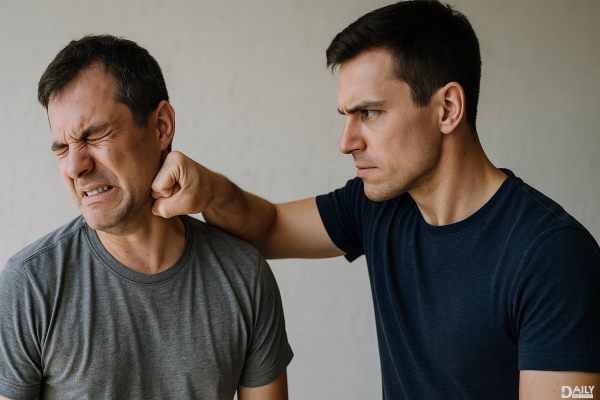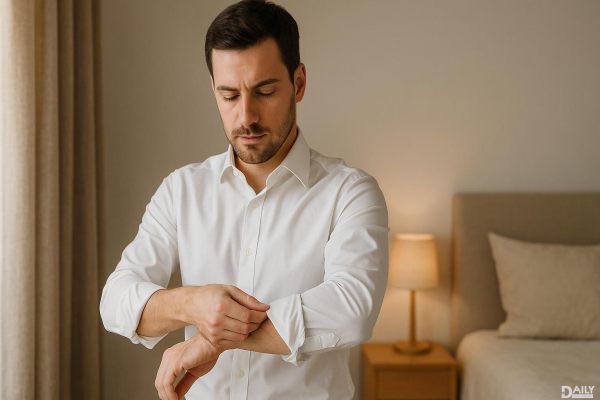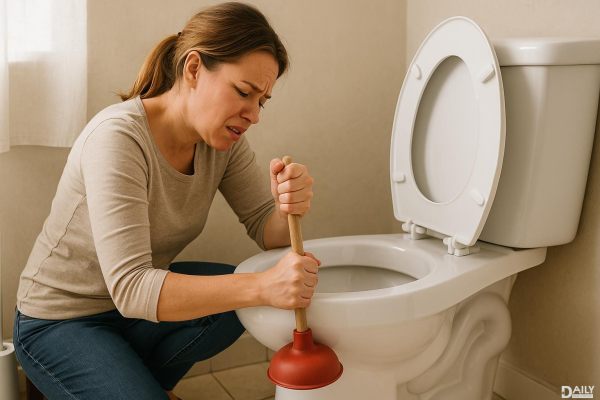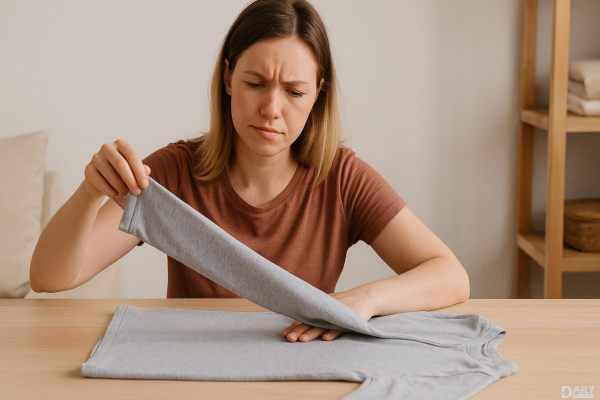You should never punch the temple—this delicate area of the head is a no-go zone for any kind of impact. The temple is one of the thinnest parts of the skull, and a punch here can lead to serious, even life-threatening injuries. From fractures to brain trauma, the risks are way too high to mess around with. So, if you’re thinking about throwing a punch, aim for safer spots and avoid this vulnerable area at all costs.

The temple, located on the side of the head just above the cheekbone, is incredibly fragile. Unlike other parts of the skull, the bone here is paper-thin, making it highly susceptible to fractures. But it’s not just the bone you need to worry about. Beneath the temple lies the middle meningeal artery, a major blood vessel that supplies the brain. A hard punch to this area can rupture this artery, leading to an epidural hematoma—a type of brain bleed that can cause unconsciousness, brain damage, or even death if not treated immediately. Even if the artery isn’t damaged, the force of a punch can still cause a concussion or other traumatic brain injuries. In short, the temple is a ticking time bomb when it comes to physical impact.
To understand why the temple is so dangerous, let’s break it down anatomically. The skull is designed to protect the brain, but not all areas are created equal. The frontal and parietal bones are thicker and more robust, offering better protection. The temporal bone, which forms the temple, is much thinner and more fragile. Additionally, the temple is close to the brain’s temporal lobe, which controls functions like memory, language, and emotion. Damage here can have long-lasting cognitive effects. The combination of thin bone, proximity to critical brain structures, and the presence of major blood vessels makes the temple a high-risk area for serious injury.
If someone takes a punch to the temple, the consequences can be immediate and severe. First, the thin bone can fracture, causing sharp pain and swelling. If the middle meningeal artery is damaged, blood can accumulate between the skull and the brain, increasing pressure inside the skull. This can lead to symptoms like dizziness, confusion, nausea, and loss of consciousness. In extreme cases, the pressure can cause the brain to herniate, a life-threatening condition that requires emergency surgery. Even if the injury seems minor at first, symptoms can worsen over time, so it’s crucial to seek medical attention immediately after any impact to the temple.
If you’re in a situation where you need to defend yourself, there are safer areas to aim for that can still be effective without risking serious harm. The nose, for example, is a sensitive spot that can cause pain and disorientation without the same level of danger. The solar plexus, located just below the sternum, is another good target—a well-placed punch here can knock the wind out of someone and give you time to escape. The ribs are also a viable option, as a hard hit can cause pain and limit movement. The key is to avoid areas where the risk of severe injury is high, like the temple, and focus on spots that can incapacitate without causing lasting damage.
Prevention is always better than cure, especially when it comes to protecting your head. If you’re involved in contact sports like boxing or martial arts, always wear proper headgear that covers the temple area. In everyday life, be mindful of your surroundings and avoid situations where you might be at risk of head trauma. If you’re teaching self-defense, emphasize the importance of avoiding the temple and other high-risk areas. And if you ever do sustain a blow to the temple, don’t brush it off—seek medical attention right away to rule out any serious injuries.
In the heat of the moment, it’s easy to forget how fragile certain parts of the body can be. But when it comes to the temple, the stakes are just too high to take chances. Whether you’re training, defending yourself, or just horsing around, keep this area off-limits. Your brain—and your future—will thank you.
























